QR codes are everywhere these days. They’re used to share everything from contact information to website links to restaurant menus. Because they’re so versatile, people have come up with some creative ways to use them.
Here are some examples of unique and interesting ways you can use QR codes.
1. Food sourcing information
Printing a best-by date on food items is an established practice. But if you really want to gain a customer’s trust, you can use a QR code to tell them when produce was picked, for example, where it came from, and more.
2. Treasure hunts
You can create your own treasure hunt using QR codes to store clues. Give players the location of the first QR code in the hunt. When they scan it, they’ll get a hint to the location of the next clue.
3. Self-guided walking tours
You can place stickers with QR codes containing information text around a historic section of your community. Local governments can even place QR codes on plaques for more permanent displays.
4. Museum guides
Similar to a walking tour, you can also use QR codes to create guides to museums, historical sites, and other buildings. Adding QR codes in museum guides or throughout exhibits can provide visitors with a wealth of information about the pieces on display.
5. Bonus materials in books
Many nonfiction books come with supplementary media, like worksheets. You can add digital versions of bonus materials using a QR code instead of using a long URL that people have to manually type in.
6. Pet ID tags
Pet ID tags only have enough space for a pet name and phone number. But you can share a lot more information by just adding a QR code to the tag. You could even use QR codes to share your pet’s social media profiles — for example, with people you meet while walking your dog.
7. Medical history information
In an emergency, you want first responders and other medical professionals to have all the information they need to care for you. You can use a QR code on a wallet card to share your insurance information, emergency contact details, and any allergies or health conditions you have.
8. Photo albums
By adding a QR code to the back of a printed photo, you can share the date and location it was taken, as well as the names of any people shown in the photo.
9. Business cards
QR codes are great for sharing contact info. But you can go a step further and add a link to a business inquiry form you’ve created with a tool like Jotform.

An example Business Enquiry Form QR code.
10. Recipes
Some people will take their family recipes to the grave or only share them with their direct descendants. If you’re old-fashioned enough to keep recipes on paper cards but not so old-fashioned that you keep them only to yourself, you can use QR codes to make sharing recipes easy.
11. User manuals
Products like electronics usually come with an instruction manual and safety information. You can use QR codes to share more details in user manuals, like links to videos. Furniture manufacturers can use them to supplement printed assembly instructions as well.
12. Wine information
Some people really know their wine, but most of us just pick a bottle because we like the label. For those who want to know more about what they’re drinking, you can use QR codes in wine bar menus or on wine store shelves to include details about the winery that produced the wine, the press date, and a sommelier’s description.
13. Farm-to-table source details
People like to know where their food comes from, and sourcing food locally is popular these days. Even Five Guys shares where they source the potatoes for their fries. If you have a restaurant, you could add a QR code on a napkin stand or on the menu that shares data about the sources used to make your guests’ meals.
14. Storefront displays
Retailers have long used beautiful window displays to lure people into stores. But not everyone has time to stop and shop. If you’ve captured their interest, though, they may at least scan a code to get more info about your business, order something online, or plan a visit when they have more time.
15. Laptop stickers
If you’re an independent contractor or small business owner, you probably talk to people about your business whenever you get a chance — like when you’re working in a cafe, for example. If someone is interested in your work, they can scan a QR code on your laptop to visit your website. Just like with business cards, you can include a contact form from Jotform on your landing page. You can even use Jotform to generate the QR code.
16. Affiliate links
If people are always asking you about your gear or apparel, that’s an opportunity to earn some passive income. You can show them a card with a QR code that leads to an affiliate link or Amazon Associate link that will earn you a few bucks when they purchase an item you recommend.
17. Promotion on clothing
If you own a clothing brand, you could even add a QR code to your merchandise so people can scan it to shop your store. QR codes don’t have to be ugly — you can customize the color and style of them, and position them to suit your brand.
18. Restaurant plating for the Instagram crowd
If you really want to help spread the word about your restaurant and artistic plating is your thing, this is a novel solution. Try putting a QR code in a strategic location on your plates and place the food around it. That way, when people share a photo of their food, they’ll also be sharing a link to your restaurant.
19. Temporary tattoos
If you’re going to an event or a festival and want to share something like a playlist with your friends, you could create a temporary tattoo of QR code for them to scan. A temporary tattoo will only last as long as the festival.
20. Performance lineups for events
For music festivals and other performance events, a simple sign with a QR code can inform your guests about the program. You’ll also save money on printing flyers — and avoid the paper litter.
21. Discount coupons
This one is pretty self-explanatory. Try adding a QR code with a coupon to print ads or other promotional materials. You could also add one to sales receipts to keep customers coming back.
22. Informational kiosks and check-in forms
Setting up a kiosk is a great way to share information and gather leads in your shop. You can post a QR code that customers can scan to fill out forms or get more information using their phones.

23. Secret restaurant menus
Some restaurants use secret menus to increase customer loyalty. You can use QR codes to share secret menus or special items with customers when they dine in. And to make it even more fun, you can hide QR codes around your restaurant that show a secret menu item.
24. Art sales
If you’ve ever spent time in an indie coffee house, you’ve probably seen artwork by local artists on the walls. There’s usually a piece of paper with the title of the piece, the artist’s name, and the price. Why not add a link to their entire body of work where people can browse and shop from their table?
25. Meetup signs and name tags
We’ve all seen the “Hello, my name is…” stickers. If you’re hosting an event with name tags, why not spice them up with an informational QR code? You can use Jotform to gather information or fun facts that attendees want to share about themselves when they register. Then add that information to individual QR codes for each person.
26. Link to an elevator pitch or promotional video
Instead of repeating your pitch over and over, why not work smarter and record a video of yourself delivering it? If you have the skills or resources, you could even create a short promotional video. Then all you have to do is share a link to it through a QR code on your business card.
How to create QR codes for forms with Jotform
Jotform makes it easy to share forms for taking orders, collecting feedback, and more. Here’s how to create a form and share it through a QR code:
- Sign in to Jotform.
- From your My Forms page, click Create Form and choose to create a form using a template or by building it from scratch.
- Customize your form using the Form Elements menu on the left and the Form Designer menu on the right.
- When your form is ready to share, click the Publish tab.
- Under Share Form, click the QR code icon.
- Download the QR code to print it out. You can also copy a link to share the QR image online or a code snippet to embed it on a web page.
You can even share a QR code within a form. For example, you might set up a survey kiosk using a tablet that lets customers give feedback. You could provide a QR code within your survey that provides contact information, like a phone number, for sharing input directly with a contact in your company.
For QR codes that don’t involve forms, you can find a number of dedicated QR code generators online. A quick Google search will help you find several options. Some QR code generators allow you to add images to your codes and download them in different formats.
Photo by Keira Burton


























































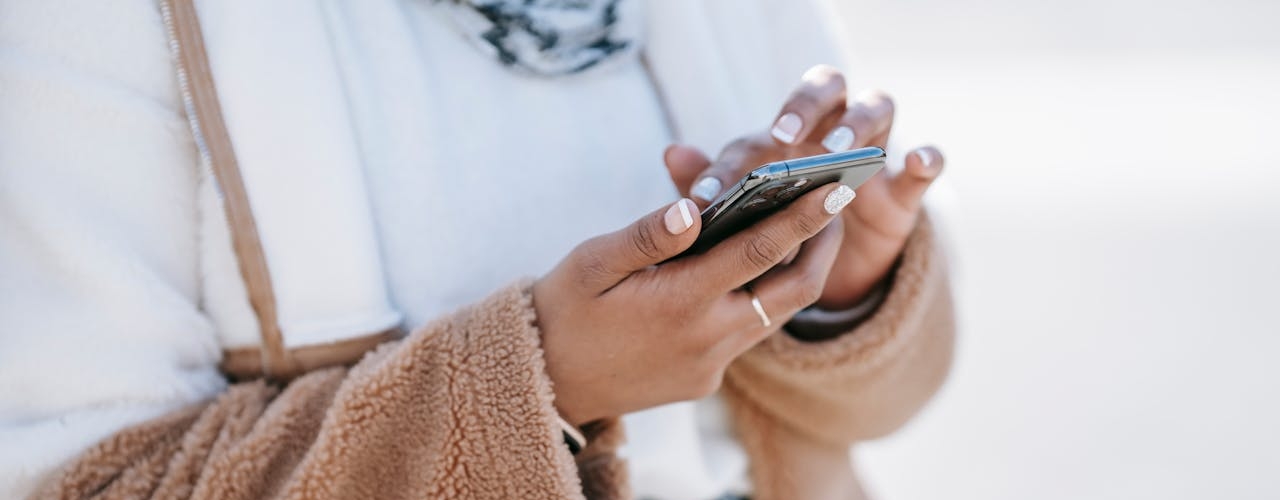

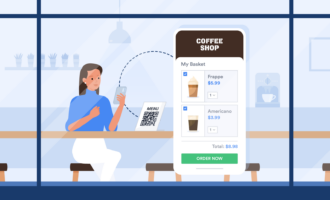

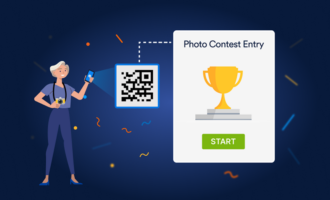
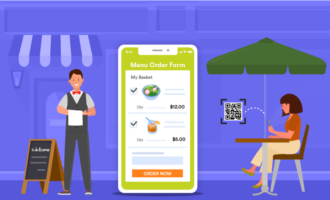
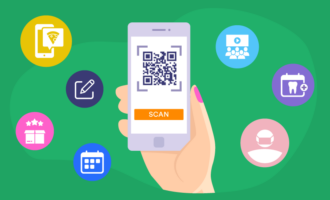




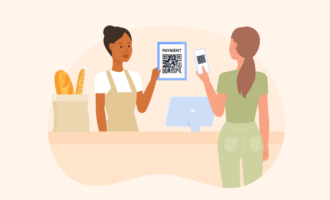





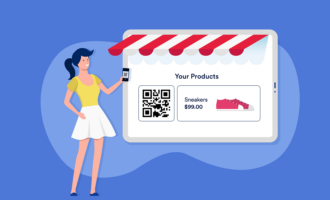

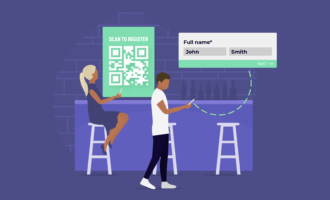
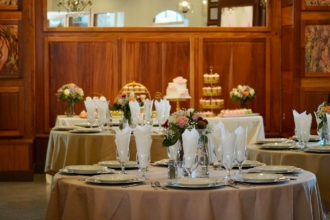
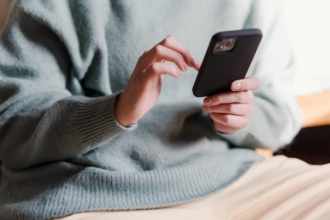
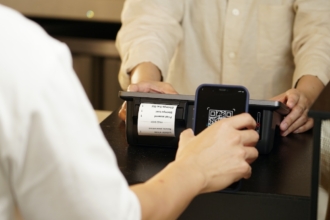


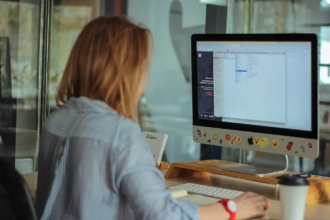
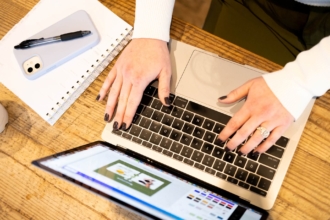
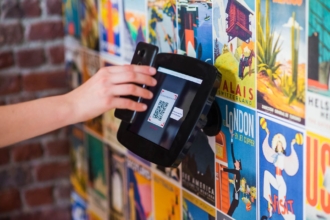

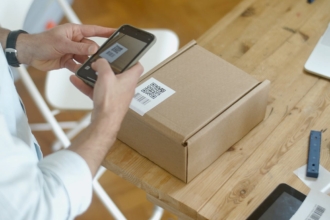



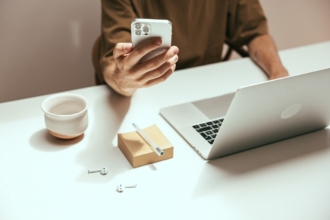






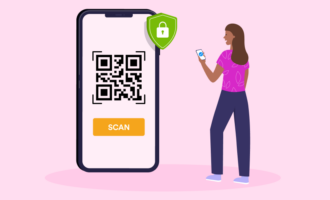
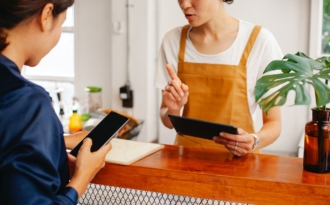


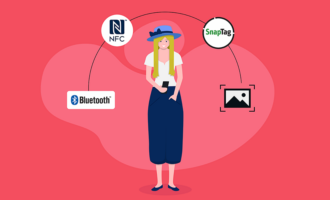


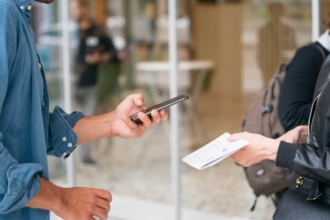
Send Comment: